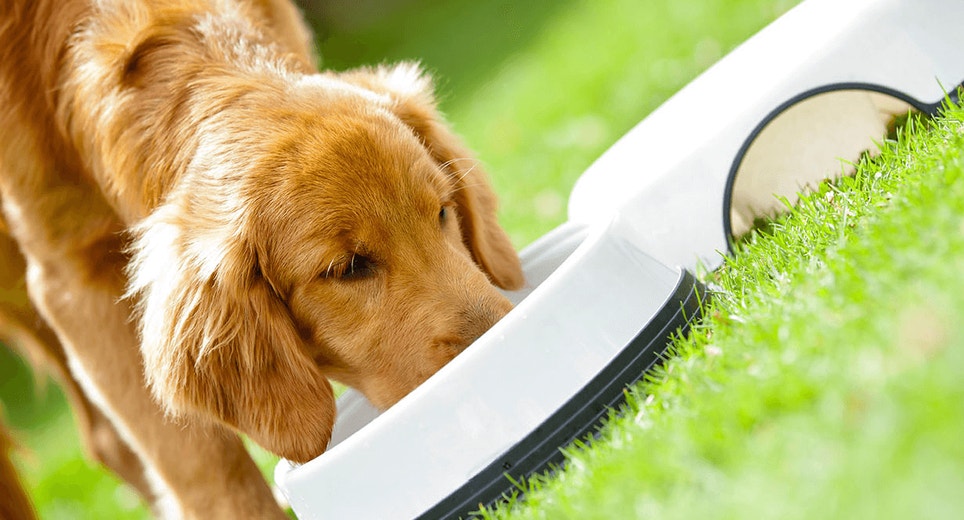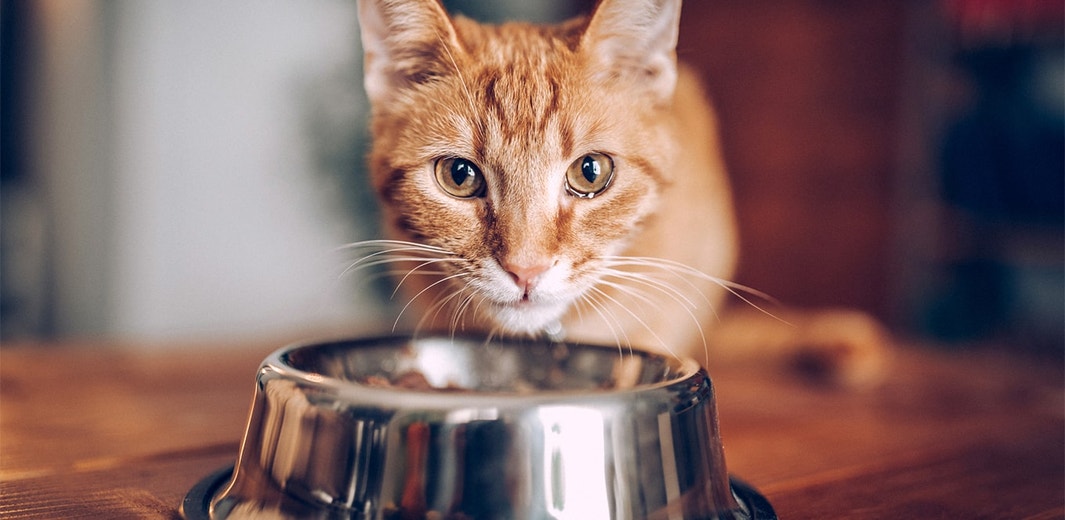
Your Cat’s Feeding Schedule and Eating Habits: What to Know
Owners know their cats can be particular — from preferred sleeping spots and favorite toys to their eating habits. And our opinionated felines are known to change their long-established feeding preferences quicker than their owner can open a fresh tray of IAMS™ Perfect Portions™wet food!
A cat’s eating habits are a mix of instinct and learned behavior, influenced by their unique flavor and texture preferences, routine and even what they were fed as a kitten. Let’s break down everything to know about your cat’s eating habits, from diet to schedule to changes in routine.
Your Cat’s Diet
First off, what should your cat be eating? Your favorite feline needs a high-fat, high-protein diet with nutrients from animal-based protein sources. Most cats are content eating their favorite high-quality cat food — dry, wet or a combination of both — every day.
Cats have varying nutritional requirements based on their life stage or unique needs such as pregnancy, weight management or hairball prevention. In general, when selecting a pet food, look for options that offer the following nutrients:
- Animal protein from meat, poultry, fish or egg sources to maintain strong muscular structure, vital organs, antibodies and more
- Taurine, an amino acid found in meat sources, to maintain healthy eyes, prevent heart disease and promote healthy reproduction, fetal growth and development
- Essential vitamins and minerals such as vitamin E to help support the immune system and sodium to support nerve and muscle cell function
- A precise balance of fatty acids to help promote excellent skin and coat health
- A fiber source, such as beet pulp, that will help maintain your cat's digestive system health
Why to Consider Changing Cat Food
There are plenty of reasons you may want to change your cat’s food, including:
- Change in life stage as your cat ages from kitten to adult to senior
- Your cat’s food preferences (wet or dry, protein source, etc.)
- Better or more comprehensive nutrition
- New health concerns, such as obesity, urinary tract health or hairballs
- Product availability
If you’re not sure if your cat’s food is the best fit, read more about choosing the right food for your cat’s unique needs or use our Cat Food Selector to find the perfect IAMS™ food for your feline.
Once you decide to make the change, make sure to do your research or talk to your vet; it’s best to make one transition, rather than trying a few different foods. Cats don’t require the same variety of food humans do, so switching foods can be stressful and hard on their stomachs if not done gradually. Read our guide to changing your cat’s diet for more tips to make the transition.
How Long Does It Take a Cat to Adjust to New Food?
A gradual transition is key to changing cat foods. Plan on spending at least one week slowly transitioning your cat’s food; especially finicky cats may take a few weeks to come around to their new diet.

Your Cat’s Feeding Schedule
Feeding your cat can feel complicated — but it doesn’t have to. The important thing is to find a cat feeding schedule that works for you and your pet, and to stick to it.
Scheduled Feeding Time vs. Free-choice Feeding for Cats
The first thing many owners wonder is if free feeding is bad for cats. Some cats are capable of regulating their food intake eating many small meals throughout the day, so they easily adopt a free-choice feeding schedule to maintain their normal body weight. Dry foods, such as IAMS™ ProActive Health™ Healthy Adult with Chicken, are best suited for free-choice feeding because they stay fresh longer.
Many cats, however, benefit from a more structured feeding schedule, particularly cats on a wet or mixed food diet, those that are prone to overeating or those in households with multiple cats with differing nutritional needs. A cat’s feeding schedule can be divided into two, three or four meals spread across the day — whatever works best for your schedule. Just divide your cat’s daily amount of food into the number of meals you choose, and don’t go more than 12 hours between feeding times to help avoid upsetting your cat’s stomach.
Why Cats’ Eating Habits Change
You know your cat is eating a high-quality diet and you’ve established a feeding schedule that works for you and your pet. So why do cats’ eating habits change?
Cat Eats Too Fast
Is your cat devouring their food too fast, and maybe even regurgitating it? Felines sometimes eat too quickly because they’re competing with other pets in the house or simply because their freshly opened bag of dry food tastes so good. If you warm up wet food for them, they could be scarfing it down before it cools. And when a cat eats too fast, they may not realize they overate until after the meal’s devoured — leading to regurgitation and a mess for their owner to clean up.
How to Slow Down a Cat Eating Too Fast
There are a few ways to help a cat eat more slowly. Try feeding smaller, more frequent meals throughout the day or swapping their normal food dish for a slow-feeder cat bowl, food-dispensing toy or large plate or baking pan that spaces the food out.
Cat Wants to Eat All the Time
Why is my cat always hungry? If your cat is suddenly meowing for food all the time, it could simply be that they’re hungry. Check the feeding guide on their food’s packaging to make sure they’re getting enough to eat each day, and consider adapting their feeding schedule to have more frequent meals.
Your cat’s increased appetite could also be due to a medical issue such as pregnancy, intestinal worms or diabetes. Consult your vet any time you have concerns about your cat’s health, but especially if they are eating a lot and not gaining weight (or even losing weight).
Cat Doesn’t Want to Eat
At the opposite end of the spectrum, it can be equally alarming when a cat suddenly stops eating. (Keep in mind that not eating at all is more serious than mere picky eating.) First, consider if your feline’s routine has been disrupted with a new food, recent vaccination or change in their environment; a sudden change can stress your cat out and affect their appetite.
If nothing has changed and your cat stops eating, take them to the vet as soon as possible. Your veterinarian can help determine if your cat simply has a toothache or needs a different food, or if a more serious condition is the cause.
Cats’ Feeding Requirements Change Throughout Life
Your cat’s age can influence their eating habits and feeding requirements. After all, a kitten’s little stomach can’t accommodate as much food as an adult, and kittens, adults and seniors need different nutrients to support their health. Learn more about what and how much to feed your cat throughout their life in our handy guide.
There’s a lot to consider when it comes to your cat’s eating habits! By feeding them a high-quality diet that meets their needs and paying attention to their eating habits so you notice any drastic changes, you can help your cat feel and look their best for years to come.




